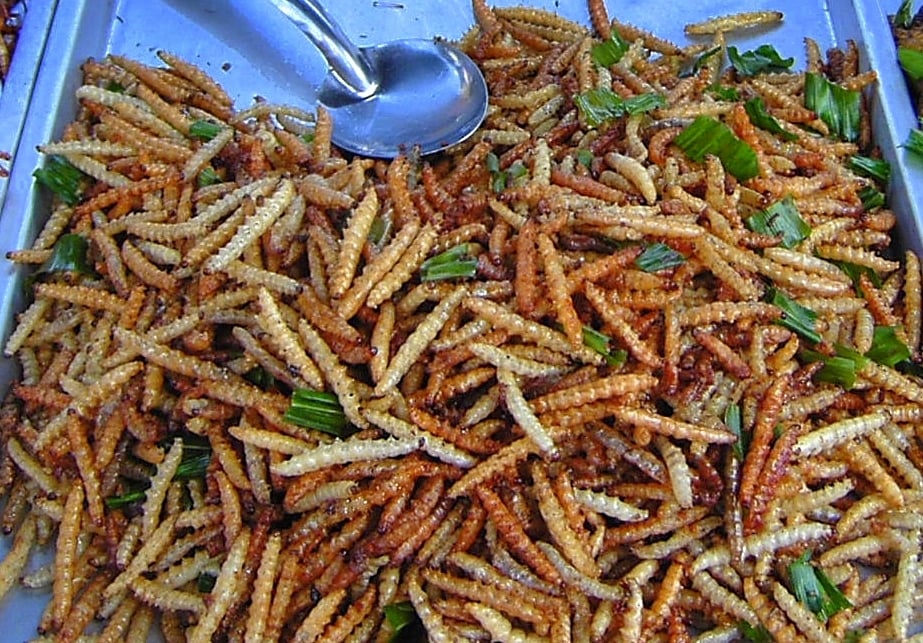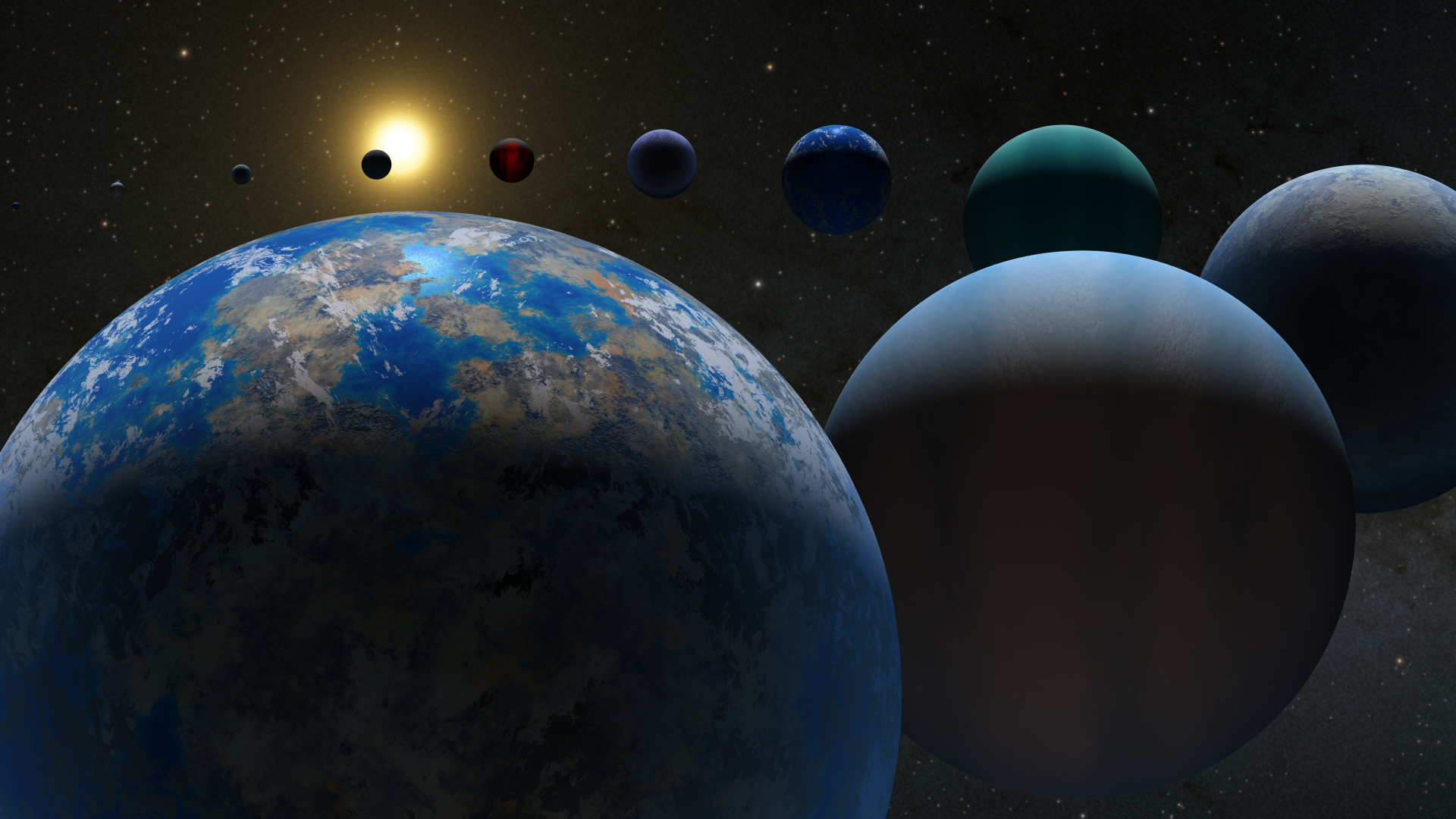|
Space News Feeds |
|
Universe Today
|
Space and Astronomy News from Universe Today
|
-
Taikonauts Enjoy BBQ Aboard the Chinese Space Station

Aboard China's space station, astronauts have begun using a new hot air oven delivered by Shenzhou XXI to prepare freshly baked dishes, including chicken wings and steaks, as shown in a recent video from orbit.
-
The oldest stars are planet killers
](https://www.universetoday.com/article_images/Ageing_star_engulfing_planet_20251106_170409.jpeg)
As stars age, they expand. That?s bad news for planets orbiting close to their stars, according to a new study published in the Monthly Notices of the Royal Astronomical Society this month. The study suggests that planets closest to their stars, especially those that orbit their stars in just 12 days or less, are at a higher risk of being sent to their doom by their aging suns.
-
The Case for Insects on the Space Menu

Insects have been travelling to space since 1947, but now they might become dinner for astronauts on missions to the Moon and Mars. A new European Space Agency study explores whether crickets and mealworms could provide sustainable protein for future space explorers, with research showing many species handle microgravity surprisingly well, even completing entire life cycles in orbit. Is it possible that these tiny creatures could become essential for humanity's expansion beyond Earth.
-
When Black Holes Merge

Two black hole collisions detected just a month apart last autumn are challenging our understanding of how they form. One merger features a black hole spinning backwards against its orbit while the other involves one of the fastest rotating black holes ever detected. These unusual properties suggest both are ?second generation" black holes, products of earlier collisions formed in violent stellar environments. The precision measurements have also tested Einstein's general relativity changing not only our understanding of black holes but also our understanding of the cosmos.
-
Never Mind Rogue Planets. Their Rogue Moons Could Support Life

When massive stars explode as supernovae, the powerful blast can send planets off into space where they drift as rogue or free-floating planets. But what happens to their moons? Can their natural satellites stay bound to these planets, and could tidal heating be a viable source of energy to fuel life on these moons?
-
The Archeologist's Guide To Colonizing Other Worlds

Models help scientists understand everything from the particles that make up the universe to massive superstructures of galaxies at the beginning of time. But sometimes they model more mundane, though perhaps even more complex, features - including the course of human civilization. A new paper by Thomas Leppard of the International Archaeological Research Institute and his co-authors, all of whom are also archeologists, propose applying a model of how humans expanded to the different islands across the Pacific Ocean during their early migration to what glean insights into how humanity should manage our colonization of space.
-
Cosmic Dust Bunnies - Why the Universe Might Be Fluffier Than We Thought

Space dust provides more than just awe-inspiring pictures like the Pillars of Creation. It can provide the necessary materials to build everything from planets to asteroids. But what it actually looks like, especially in terms of its ?porosity? (i.e. how many holes it has) has been an area of debate for astrochemists for decades. A new paper from Alexey Potapov of Friedrich Schiller University Jena and his co-authors suggest that the dust that makes up so much of the universe might be ?spongier? than originally thought.
-
Why the Milky Way?s Dark Heart Might Be Shaped Like a Box

Back in 2009, astronomers using the Fermi Gamma-ray Space Telescope noticed that there was a lot more gamma-ray light coming from the center of the Milky Way than might otherwise be expected given the objects there. Since then, two theories have appeared to explain this Galactic Center Excess (GCE) as it?s become known. One theory posits that the extra gamma rays are created by thousands of unseen milli-second pulsars (MSPs) in the Galactic center, while the other suggests that dark matter annihilating itself could also be the source. A new paper from Moortis Muru and hisco-authors at the Leibniz Institute for Astrophysics Potsdam (AIP) hasn?t necessarily solved the conundrum, but does level the playing field between the two theories again.
-
Dwarf Galaxies May Hold the Answers to the Debate on Dark Matter

An international team of researchers, led by the Leibniz Institute for Astrophysics Potsdam (AIP), has shed light on a decades-long debate about why galaxies rotate faster than expected, and whether this behaviour is caused by unseen dark matter or a breakdown of gravity on cosmic scales.
-
The ExoMars Orbiter Captures Dark Streaks on the Slopes of Mars Caused by a Meteorite Impact

The ESA's ExoMars Trace Gas Orbiter (TGO) recently captured images of streaks formed from a dust avalanche on the slopes of Apollinaris Mons the night before Christmas in 2023. A new study reveals that these types streaks are largely the result of seasonal factors, rather than meteoroid impacts.
|
|



 Space News Feeds
Space News Feeds 





](https://www.universetoday.com/article_images/Ageing_star_engulfing_planet_20251106_170409.jpeg)








 Aurora Watch Website. Version 1.0.
Aurora Watch Website. Version 1.0.